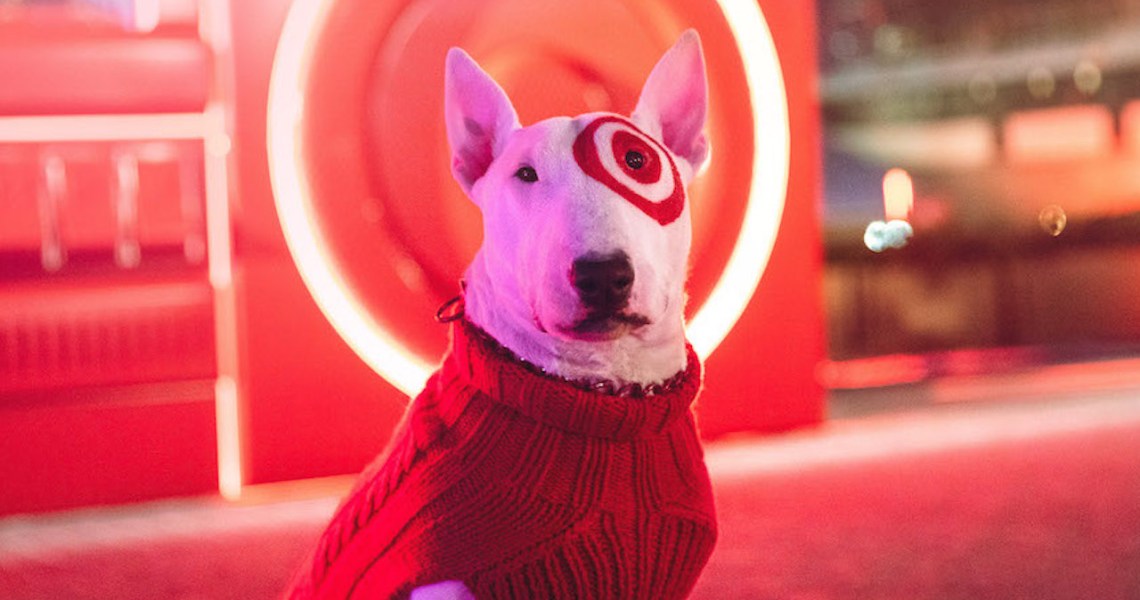Wellness continues to expand and reach a more mainstream audience, and Target is the latest multi-brand retailer to incorporate more beauty-centric wellness into its stores.
In late December, natural beauty brand Pacifica launched at Target its first-ever ingestible product, comprised of four beauty powders to complement its existing portfolio of skin care, makeup, hair and nail care. This was preceded by Target’s launch of Vital Proteins in Jan. 2018 and vitamin brand Olly in April 2015. Though Target has yet to create a standalone wellness section for beauty, between January and March, it will host a Target Wellness Beacon promotion at aisle endcaps featuring its beauty-wellness brands.
“As wellness products become increasingly important in the beauty industry, Target is continuing to expand its offerings, including the [latest] launch of Pacifica Beauty Powders that include a balance of ingredients promoting wellness and beauty,” said Courtney Foster, a Target corporate spokesperson. Target declined to disclose if it will be adding any additional wellness beauty brands to its assortment in 2019 or if it will be building out a dedicated wellness section within the beauty department.
Target is still in the nascent stages of developing its wellness strategy, and the addition of the category would be one of many significant changes to its beauty department. In 2017, for example, Target updated its beauty department in 75 stores and updated 350 more in 2018, according to The Chicago Tribune. Instead of traditional aisles, these locations have more open shelving and counter space where customers can chat with beauty sales associates. In 2017, Target began rolling out elevated stores with more of a focus on beauty, opening a total of 400 stores by the end of 2018, with a goal of 1,000 stores in the next three years, according to Foster. Additionally, since 2017, Target has been requiring its brand partners to disclose more information about their ingredients in order to keep pace within the clean beauty movement.
Part of the reason Target is tackling wellness is related to its core customer group. Despite wellness often being viewed as the new luxury, Target’s wellness partners see the mass retailer’s core customer of millennial women as the primary reason to enter a partnership. While Target does not provide demographic data to partners on who is buying their respective products, its own customer data is roughly 60 percent female and 60 percent white, and the majority of its customers are 18 to 44 years old, according to 2016 data from PYMNTS.
“Their target demographic is the young to older female millennials, and that is who they market to and merchandise to in their stores,” said Candice Shearman, associate director of trade marketing for Vital Proteins. “The alignment is the most valuable part of our relationship.”
Vital Proteins initially launched with three of its products in 490 Target stores, and the brand currently located in Target’s natural beauty aisle, alongside natural makeup and skin care. (The brand will expand to 1,800 locations by the end of January.) But Vital Proteins has internal goals of moving or adding products to the on-the-go section of Target’s beauty department and the protein section in the health-care department of the store, and it has inquired about the retailer’s wellness-section plans.
Ad position: web_incontent_pos1
“In the conversations we have had, we know they are interested in [a dedicated wellness section]. Now, instead of having [our] items in the protein section, they want to align it with beauty,” Shearman said.
Olly, Target’s earliest wellness partner, added at the end of 2018 a new beauty vitamin product to Target’s beauty section, while its other vitamin offerings are located in the health-care department. The brand has also taken to using Target as a test-bed for product launches, according to Katie Schultz, sales director for Olly. In April 2018, the brand launched Olly protein powders and bars with Target in the nutrition aisle (which is also part of the healthcare section), in order to gauge sales interest before expanding more broadly to other retail partners like Whole Foods and Walgreens. Olly declined to provide sales information.
“We have a close partnership with our buying team at Target,” she said. “We collaborate on new product ideas and get their feedback every step of the way.”




